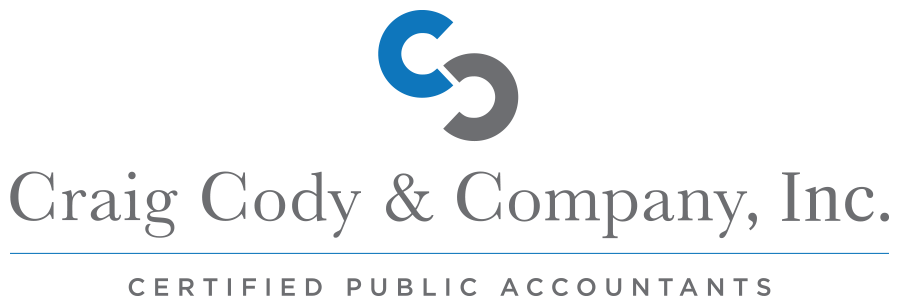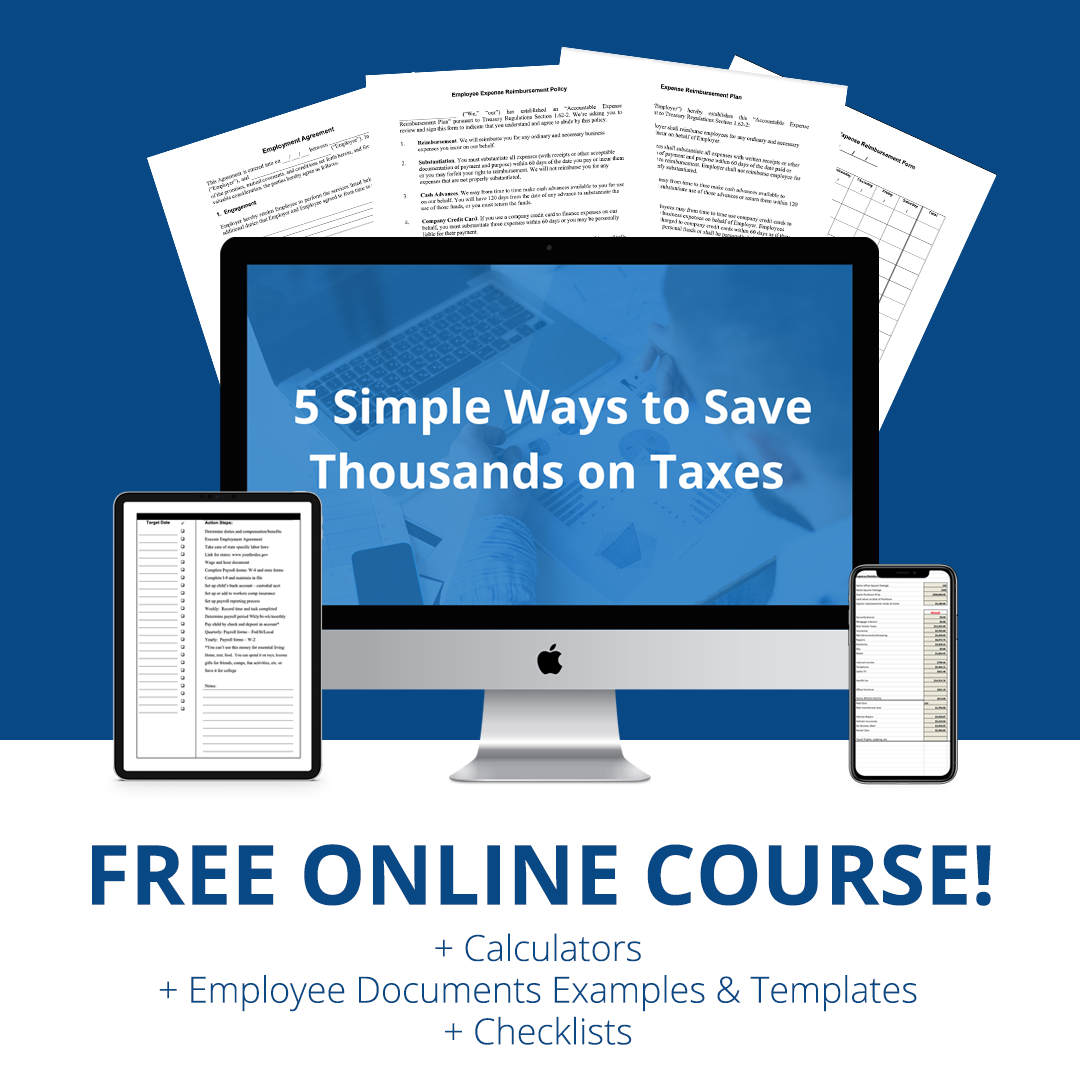
Craig Cody: We have 10 different strategies that we use on a regular basis. One of them we talked about is just planning. Another one is having the right entity. There’s a whole host of other things we can do and we’re talking about the flipper, correct? We’re not talking about the buy and hold.
Danny Johnson: Right, yeah, mostly flipper.
Craig Cody: So we would take the strategy that we typically use on a regular business owner, the things that a regular business owner is going to do. Okay? Such as hiring your family, maybe a medical expense reimbursement plan which is Section 105 in the tax code that allows you to let’s just say hire your spouse and instead of paying him or her a wage, their wage is a medical expense reimbursement plan where you’re able to write off the cost of your medical out-of-pocket expenses. So that might be a lot or it could be a lot, depending on where things fall. Then you have your home office. If you’re spending like 12 hours a week operating out of your home office doing something that’s a principal activity and that could be administrative work, you meet the qualifications. And once you have a home office, that opens up the gates for the home athletic facility which could be a gym, could be a pool, which is for use of your employees. So now you start adding those expenses in there. So there’s a lot of different things you can do as a flipper or as I call somebody that’s flipping houses treat it more like a regular business owner.
Danny Johnson: Let’s talk a little bit more about the home office. What are the rules with deducting some of the like utility bills and stuff like that? Is that based on the size of the home office as it relates to the rest of the house?
Craig Cody: Correct. There’s like two different ways, the basic ways. Look at the square footage of the room versus square footage of the house and then you get to write off let’s just say 8%, 8% of your utilities, 8% of your maintenance, 8% of your real estate taxes which comes into play even though you typically get your real estate taxes anyway. It comes into play if you’re subject to AMT. It could be beneficial to have that 8% move to the business and then you have your home office, whatever you have going on there. You have your home athletic facility, now you have your travel because now you’re traveling from your home office to another location, so that becomes a deductible. So it opens up a whole big world of different things you’re allowed to do and these are all in the tax code. These are not gray areas.
Danny Johnson: Yeah, if you’re going to do a home office, I guess move your desk into the biggest room in the house, right?
Craig Cody: Well, it has to be exclusively for you so you can’t do it in your bedroom, you can’t do it in your living room and your dining room. You have to have an office that you use exclusively for carrying on your activities.
Danny Johnson: So time to move the sofa and the TV into the small room in the back of the house.
Craig Cody: Whatever makes sense.
YOU SHOULD REVIEW THE THE NEW TAX LAW CHANGES WITH YOUR CPA BEFORE IMPLEMENTING ANY TAX PLANNING STRATEGIES.
Get your copy of my book the 10 Biggest Tax Mistakes That Cost Business Owners Thousands here.
Listen to the full podcast episode here.
Newsletter
Subscribe to our Newsletter! Join our mailing list to receive the latest news and updates from our team.

